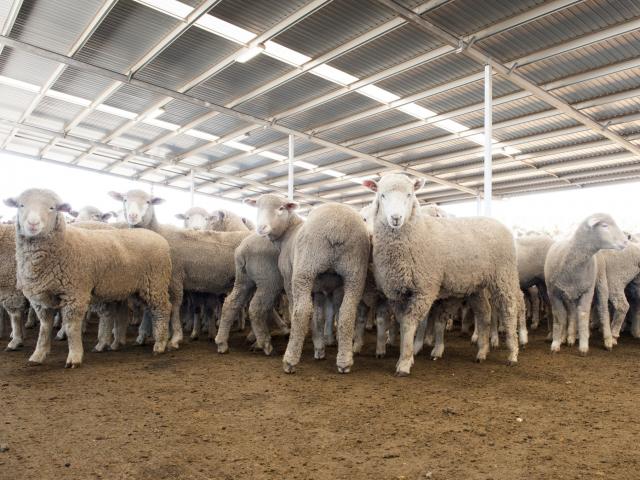Update on implementation of national standards and guidelines
Department staff are continuing to progress the implementation of the Australian Animal Welfare Standards and Guidelines for the Land Transport of Livestock and for Livestock at Saleyards and Depots.
A meeting with key industry stakeholders was held in February to provide an update on the implementation and the process involved in regulating the Standards and Guidelines. The department has also had preliminary discussions with the RSPCA WA.
The consultation with stakeholders so far has shown that some clarity is needed for industry on the manner in which the Standards and Guidelines will be implemented in Western Australia. Put simply, there are two ways that the Standards and Guidelines will be applied through regulations.
Firstly, the two documents will be adopted under the regulations and will operate like the current Codes of Practice. This means that they can be used by the courts to assess husbandry and management practices, for cattle, sheep and other livestock, in cases of alleged cruelty. They can also be used as a defence to a charge of cruelty if a person can prove that he/she was acting in accordance with a prescribed Code of Practice.
In addition, in relation to cattle and sheep, some of the standards will be made directly enforceable through regulations. A breach of these standards will not normally be dealt with as a cruelty offence. Breaches of regulations may be the subject of penalties imposed by a court or by an inspector, as appropriate.
The guidelines advise on recommended practices. Non-compliance with them will not be an offence under law.
Animal welfare inspectors may enforce the regulations by issuing infringement notices, like an on-the-spot fine, or undertaking prosecutions under the relevant regulation. The first steps to achieve compliance with the regulations will be activities to raise awareness and educate industry about the requirements.
It is anticipated that a draft of the regulations will be available for consultation by the middle of the year. Additional information, including a list of frequently asked questions, is available online.

